
© Rosalie O’Connor. (Click image for larger version)
Following 3 years directing Royal New Zealand Ballet, Ethan Stiefel is now back in New York – which is where Marina Harss caught up with him…
As Ethan Stiefel strides into a sushi restaurant near Union Square, he is immediately recognizable: ramrod posture, lean physique, blue eyes, pale blond hair. (These days, he’s sporting a buzz cut.) There’s still a bit of the cocky Cooper Nelson about him: the aura of the Center Stage matinée idol has never quite faded. You half expect to see his motorcycle parked outside. But two minutes into our conversation, it’s clear that Stiefel’s dominant trait isn’t cockiness but rather a combination of seriousness and drive. This is what kept him dancing — at a very high level — despite a series of major knee operations toward the end of his career. His final performance, as Ali in Le Corsaire (at the age of thirty-nine) was described as “daring” and “explosive” in the Times. He isn’t one to cut corners.
In the past six years, he has gone through a series of transformations. Most importantly from dancer to former-dancer. This is still a work-in-progress. For almost four years (2007-2011), he was dean of dance at the North Carolina School of the Arts. Then in 2011 he took a post halfway across the planet, directing the Royal New Zealand Ballet. He stayed for three years. In that time Stiefel staged a new version of Giselle with his friend, the Danish-born Johan Kobborg, and created his own one-act Bier Halle, set to Strauss waltzes. He encouraged the work of local choreographers and brought in dances by Larry Keigwin and Liam Scarlett. And, applying the same demanding standards he imposed on himself on his dancers, he polished up the company’s technique. As one of the New Zealand dancers told me ahead of the company’s tour to the United States this past February, “you can actually see people trying to take on some of the qualities of his dancing, like his fast, sharp footwork.”
Even so, when offered a renewal of his three-year contract, he demurred. Now back in New York, he’s been recovering from yet more knee surgery (to repair a torn medial meniscus and wear under his right knee cap) and contemplating his next move. We spoke in October, just as ABT—where his fiancée Gillian Murphy is a principal dancer—was about to begin its fall season. What follows is an edited version of our conversation.
MH: When did you get back to New York?
ES: I came back August 30th. My New Zealand visa expired September 1st. It was three years exactly. And ten days later I had the procedure on my right knee. It had to be done. The clicking and pain started about eight months ago.
MH: It must be good to be able to spend more time with Gillian.
ES: Ironically, after the New York season she goes to Australia with ABT, so the funny thing is I’ve come back to the northern hemisphere and she’ll be heading down to Australia for three weeks. But I think things will calm down after that. We’re planning on going to various families for Thanksgiving and Christmas whereas the last two years we were in New Zealand or the Cook Islands for the holidays. It finally feels like there’s a certain kind of normalcy in our world.
MH: Were you dancing or taking class in New Zealand?
ES: I took class once and again, but I have to say that once you stop performing, when you don’t have that urgency, it takes a lot of discipline to do anything in addition to being an artistic director, in terms of the time and the focus. Every day presents you with new issues, fires you have to put out. I was there to be artistic director. My feeling physically good and moving took a back seat to the matters of the day.
MH: How was the transition to becoming a non-dancer?
ES: I was fortunate that I had a next step and to feel that I was able to gain fulfilment and to give. Because it’s like a new car, once you drive it off the lot, it loses half its value. Once you stop dancing, the cachet and the luster begins to fade, at least in my own mind. You quantify so much of your existence based on your work and performing. If you have a good show you live on that elation for a while; if you had a bad one, you’re in a cloud for a day or two. Teaching and coaching buffered whatever I was going through on a personal level.
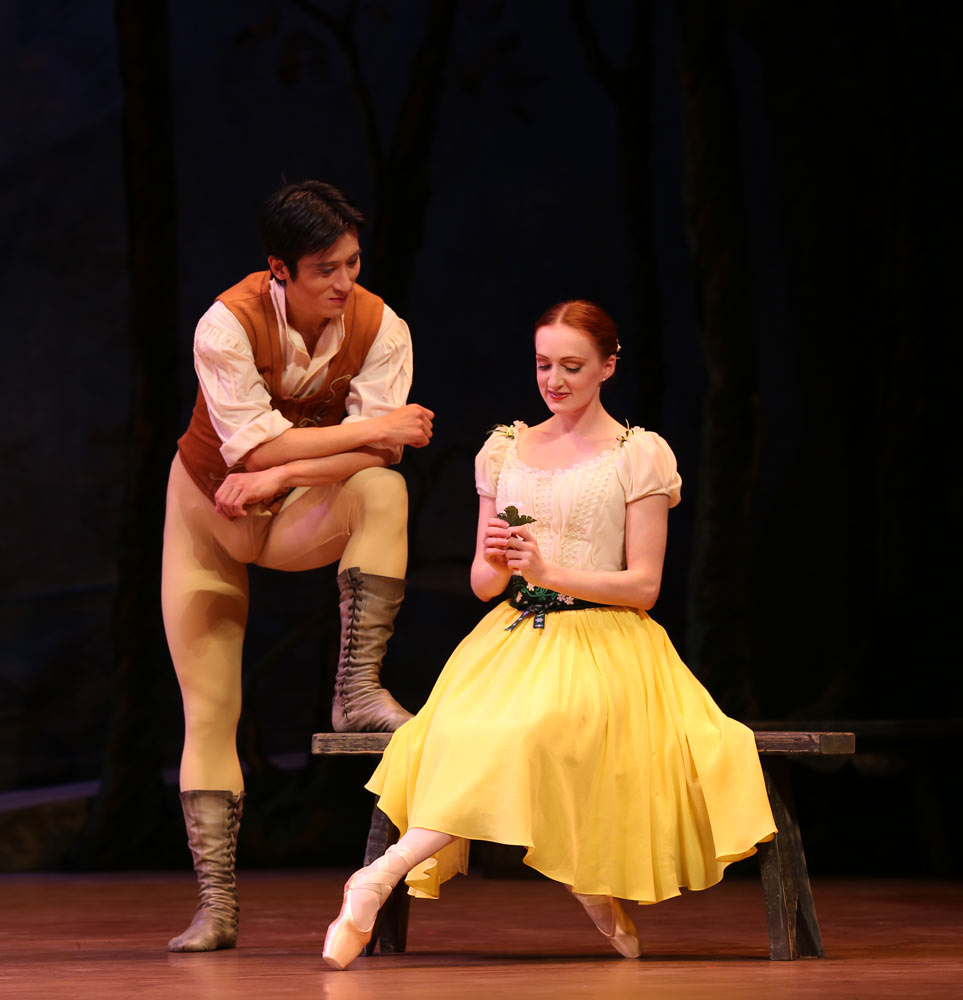
Gillian Murphy and Qi Huan in Ethan Stiefel and Johan Kobborg’s Giselle.
© Evan Li. (Click image for larger version)
MH: Why did you decide to step down from the RNZB after directing the company for only three years?
ES: Even though it’s not a long period, it’s not short either. But the main thing was there were some significant things that happened in my personal life with my family and my parents right when I moved there. It complicated things. I was dealing with those things for three years, from far away. And it sort of snuck up on Gillian and me. I mean, when I was dancing, I would go to London for three months and she would be doing her thing. We thought that had set us up really well to handle the distance, but it wasn’t the case. Also, there was the fact that I’ve gotten more into choreography. The Royal New Zealand Ballet was great about letting me take on this TV show [Flesh and Bone, on the Starz Network] and so on, but I realized that if I wanted to pursue choreography outside of New Zealand it would be very difficult. The US is two days away. The board was very supportive but made it clear I could only do one thing a year for the company. We had three programs a year, two evening-length story ballets, and one mixed bill. And I didn’t want to turn it into the Ethan Stiefel show.
MH: How did you fit the new Starz show, Flesh and Bone, into your schedule, given that you were so far away?
ES: Those four months from late April to August while I was working on this show I flew back and fourth five times. But that dis-connect with what was happening in the world of dance in general, the isolation, was an issue. I missed being somewhere where you can walk out the door and there are six different dance performances going on. In New Zealand, you’re the show.
MH: You must have realized how far it was when you took the job.
ES: I went in with all the good will and intention to enjoy that separation. It was also helpful to have that space. It provided me, almost like a writer, with a kind of seclusion where you focus intently on the job. I mean, you look out over the water, and the South Pole is the next stop. But if I were going to be very simple about it, I was quite lonely. In the job of artistic director, you need to have that distance. You should be thoughtful and caring and sensitive, but in terms of friendship with the dancers, I’m their boss. My decisions have to be based purely on professional objectivity.
MH: Did you expect to stay longer?
ES: It’s such a big move that there’s no way you can put a time limit on it. The contract was for three years.
MH: Did they offer you a renewal?
ES: Yes.
MH: Were there hard feelings when you didn’t take it?
ES: I don’t think so, or at least I didn’t know about it. Disappointment, maybe. People knew my contract was coming up, so I don’t think they were surprised. I’ll always cherish making that production of Giselle with Johan Kobborg and working in the studio with a young group of dancers, working on technique and dynamics. A lot of hard work has been done that the next person can build on. There are people who stay ten years but give only 20% every day.

© Stephen A’Court. (Click image for larger version)
MH: Were you involved in the process of selecting your successor?
ES: No.
MH: Do you feel like you accomplished what you set out to?
ES: Yes. I’m proud that I was able to showcase the company’s history and promote local talent. This is a nation of 4.1 million people. There’s a ceiling built into what you can do. Your market wasn’t going to expand. How many of those 4.1 million actually go the ballet? And how many go more than three times a year? You can only give what the market will take. As the director of a national company, even though I pursued some of my own ambitions, a lot of it was about the artists living and working in New Zealand, and New Zealand artists living abroad. And I’m proud that we brought the company to New York and to the Egg in Beijing.
MH: When you got there, the company was involved in a reality TV show about life in the company. [The Secret Lives of Dancers] Was it a bit like being in a fishbowl? I mean, your first day with the company was captured on video.
ES: It did make it feel like longer than three years. [He laughs.] It changes the energy and dynamic in the room. I get off the boat and I’m on camera. It was tiring to have your tenure continually captured on film. They were there for two seasons, three or four months at a time. My job didn’t change but the most stressful thing was trying to protect the dancers. I mean, our core business is putting these shows onstage. You don’t want to get caught up in fashioning incidents that make for good television. It did help with our exposure. I don’t know if it made a huge difference to our ticket sales. I understand that it was an opportunity to broaden our audience. For better or worse you say yes to these things because we have to look outside the box, whether it’s my taste or not. The most important thing is that you have to stay true to yourself.
MH: Have you seen Center Stage again in recent years? How do you feel about it now?
ES: Liking the film and liking seeing myself are two different things. It’s been years. I’m happy and proud to have been part of it. I know I did my best.

© Evan Li. (Click image for larger version)
MH: What are you most proud of from your tenure at RNZB?
ES: I’m proud of our new Giselle because I really believe in the project. But I’m also quite proud of my comedic one-act, Bier Halle. We built that from the ground up. We were able to make Giselle relevant, but still uphold the classicism. It’s not an easy thing to do. They’ll be doing our Giselle at some point next year and I’ll go back and work on that. I’m happy that they asked me back.
MH: How did you get involved in Flesh and Bone?
ES: I got a call from John Melfi, the producer of House of Cards and Sex and the City. He said, “we’re looking to do a TV show for the Starz network based on the world of ballet. The head creative person is Moira Walley-Beckett, who had written and produced Breaking Bad and just won an Emmy for her writing on that show. He said, “we need to hold auditions and talk to someone about basic things. Would you come in for a week and consult with us?” I was like, “Do you do realize I’m in New Zealand?” And he was like, “yeah, is that ok for you? We know you’re choreographing and you’ve done work in film—you’ve covered a wide spectrum.” So I came over for a week and we held an initial round of auditions. And we sort of formed a little company. The caliber is good. We have Sascha Radetsky and Irina Dvorovenko. A lot of people in the ensemble are from ballet companies or have done Broadway work but trained in ballet. It’s not a homogenous group. I told them about some Americans who are working in Europe, and Sarah Hay from Dresden Semperoper, a name I put forward, ended up getting the main role. And then they asked if I wanted to choreograph. For me was quite cool. I choreographed strip dances in clubs, cocktail party scenes, classroom sequences, modern barefoot contemporary, and a real ballet. It forced me to work in idioms and material completely outside of the realm of ballet.
MH: How many episodes are there?
ES: Eight.
MH: What’s the show like?
ES: It follows the character of this girl Claire, played by Sarah Hay. It shows the challenges and the things that fall into place, the expectations. As she grows in the company she gets more opportunities. There’s injury, illness, drama.
MH: Actually that sounds like Center Stage!
ES: It’s quite different. It has a different tone. I’d say it’s a bit grittier. It’s a piece of drama. People want that intensity, that darkness. It’s not a documentary about a girl who drinks protein shakes and goes to bed every night at 9. It’s a piece of entertainment.
MH: When is it coming out?
ES: Not sure yet. They keep going back and forth. Probably the second part of 2015.
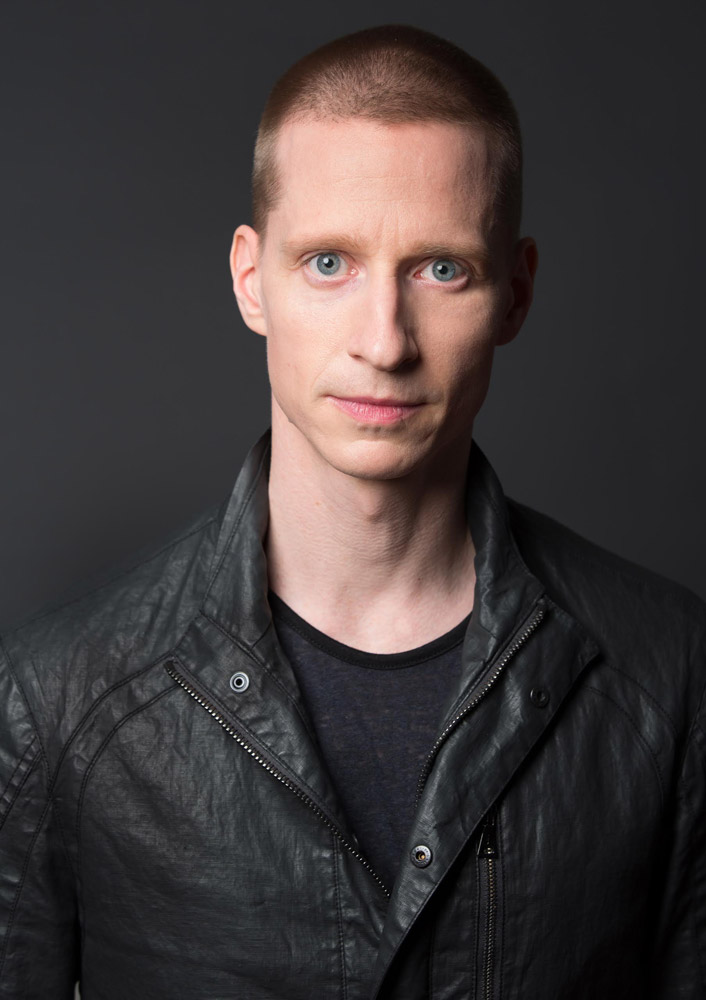
© Rosalie O’Connor. (Click image for larger version)
MH: What’s next for you?
ES: Right now I’m unemployed. [laughing] I think it’s good to take a break. It’s allowing me to develop some creative ideas with real clarity. I have ideas for reconceiving some full-length ballets. Especially in a way that would resonate with audiences in general but particularly with the culture of the United States. It’s important for people who sit in an audience to be able to say, “I don’t understand all of this, but I get the essence and the story.” In New Zealand I thought about what would resonate with audiences there. Like, in New Zealand you can drink alcohol in the theatre, so what better thing than a ballet set in a beer hall? They can kick back and drink a beer and watch people onstage drinking beer. There are so many different cultures in the US. It would be nice for people to see people not unlike themselves onstage.
MH: Do you want to freelance or direct a company?
ES: I think the good thing for me now is that I don’t know. I’m happy to free-lance. I have a chance to be with Gill and the flexibility to see the people I need to see. I’m not saying I wouldn’t want to direct ever again but I think this is healthy. From 16-41 I didn’t step outside of it all.
MH: What about the PA Ballet directorship that went to Ángel Corella recently? Did you consider it?
ES: I think it’s a wonderful opportunity for Ángel and a great company. I became aware of it about 2 weeks after I announced I was leaving RNZB. It’s 90 minutes down the turnpike, I was born in PA, and they have the Balanchine legacy, so when it opened up it was like “that’s a great thing, I’ll think about it.” But in a way I felt that for myself I needed to take a step back. Maybe if it had been a different time.
MH: If there were another opening like that, would you consider it?
ES: I wouldn’t say no. But right now I’m getting over my knee surgery, and I want to pursue my black belt in Kyokushin karate and maybe participate in some competitive martial arts. Because I still want to move. The first time I studied martial arts was when I was 19, in Zurich. Getting grounded was very helpful to me in partnering. But I realized then that you can’t do both. I wanted to dance, so I didn’t want to get injured. On and off, over time, when I had some windows, I did it. But now is the time. I want to be motivated to be physically active.
MH: Do you plan to take ballet class?
ES: I think I’ll do some.
MH: How about teaching?
ES: I’ve taught at ABT a couple of times, and Kate Lydon has said she’d like me to teach the second company. I’m going over to Romania to teach at Johan Kobborg’s company [the National Romanian Ballet] for a couple of weeks and I have just been asked to teach at The Paris Opera Ballet. I’ll judge some competitions. My plan through the end of this year is to let my knee recover and be a good house husband and father to our cat. [a beautiful Abyssynian called Selah.] Then in 2015 I’ll go and judge the Prix de Lausanne, potentially teach in Japan for a few weeks and coach ABT’s Calvin Royal III, as part of his being awarded the Annenberg Fellowship. [Stiefel helped fund Royal’s training at the JKO school through a scholarship.] Then, I’ll start reaching out.
MH: How about the wedding?
ES: Yes, we need to start to make plans for that too! [Laughs]
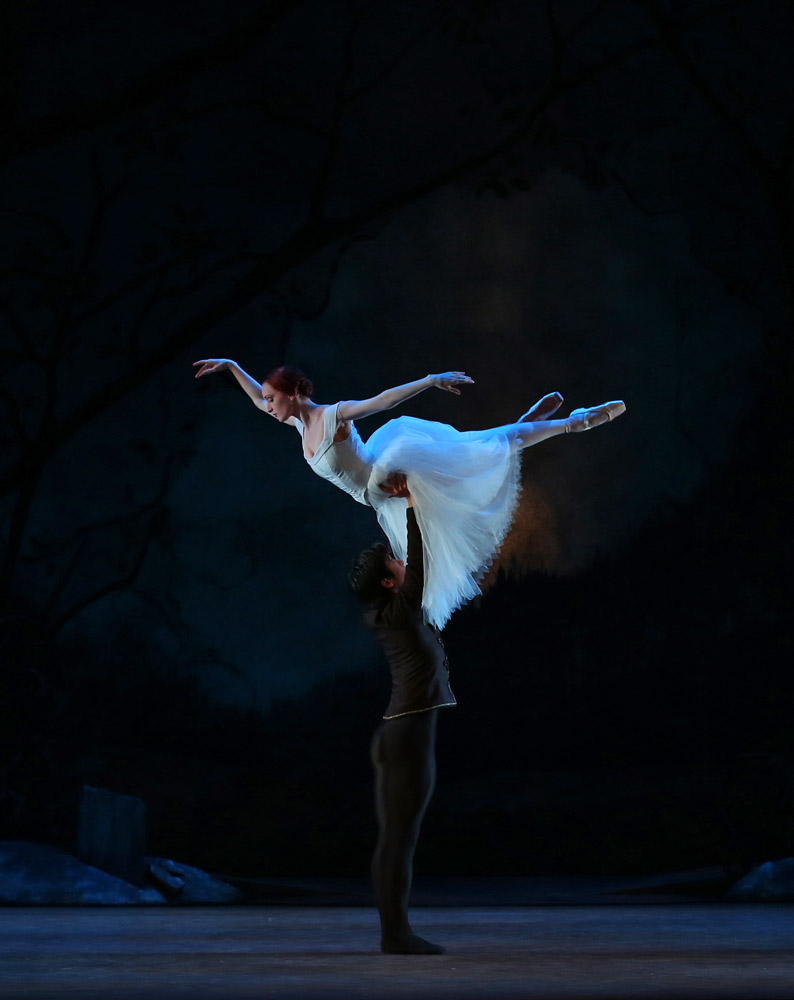
© Evan Li. (Click image for larger version)
MH: How do you see the current state of dance in New York?
ES: I think ABT and City Ballet are dancing really really well. This is a big year for ABT with Xiomara Reyes, Julie Kent, and Paloma Herrera retiring. It’ll be fascinating to see the transition.
MH: Where do you see yourself in the landscape of young choreographers working today?
ES: I don’t know if people view me as a choreographer yet…We’ll see. It’s healthy to have new people coming in. We’ve got Justin Peck, Alexei Ratmansky, Christopher Wheeldon who are consistently making new work, but I think it’s healthy to have other voices. My work would be different from what I’m seeing because I have my own experiences to draw from. It will have a different voice.
MH: Will Flesh and Bone be your introduction as a choreographer?
ES: I think so, in a way. But you don’t know whether some people will say: “well, that was just for TV.”
MH: Are you interested in storytelling through dance?
ES: Yes. That’s my background. That’s probably why I started with Giselle. And Bier Halle. Though it’s a series of divertissements, it has characters and is based on a night out. There’s a bird that comes to life out of a cuckoo clock, and a nerd and baker and a butcher. I’m very interested in storytelling and mime, used in a way that’s natural. How do I take that language and make it clear and legible but a bit less affected? I have 3-4 classical productions in mind. For the Flesh and Bone, I had the chance to make a ballet; it’s thirteen minutes long but supposed to look like a ballet in four movements. It’s on pointe but I use some things from Kyokushin. It has a new score by Adam Crystal [a composer who frequently works in film]. That was the first time I’d worked with someone so intensely to create a new score.
MH: Could it conceivably be performed outside of the TV show?
ES: The show owns the rights, but we have discussed the idea of it being done in a live theatre situation. It could happen.
MH: Where do you see yourself in 10 years?
ES: The ideal is to be able to work in the studio without everything that that comes with being an artistic director. I think Alexei Ratmansky has a pretty great gig.






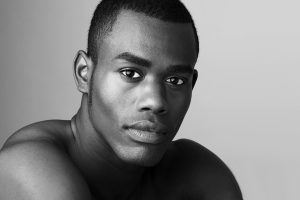


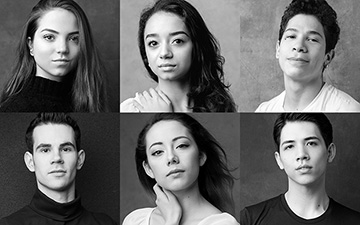
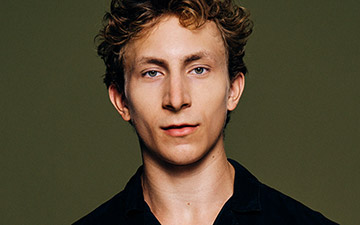
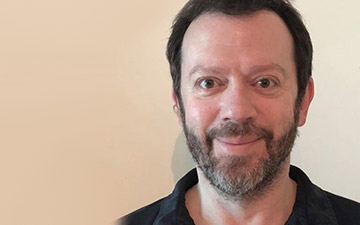
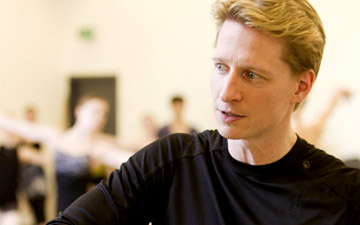
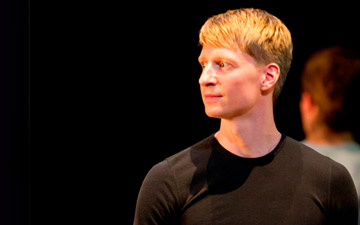

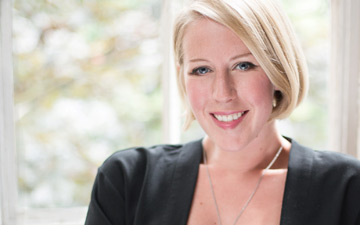
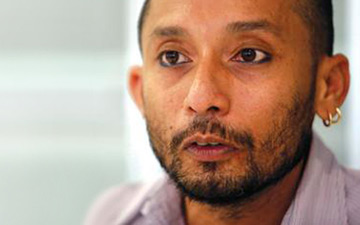
[…] choreographic aspirations, and his plans (and non-plans) for the future. You can find the interview here, at […]
Great article. Lovely photo s of our gorgeous company. So proud of the rnzb.
Good to read this article which gives insight to Ethan’s life and decisions. There is no doubt he significantly raised the technical levels of our dancers and as an ex Company member this was exciting to watch.It was a shock he went so soon but “thanks for the memories”!
It was so wonderful to finally find out what Ethan is doing as a choreographer and artistic director since he left RNZB! Have been a huge fan of ABT and NYC Ballet since 1955 and my first ballet The Nutcracker!! Couldn’t believe my luck when after 17 years of living in NZ Ethan and Gillian came to RNZB and we had the opportunity to see their talents first hand on stage in Auckland and Wellington. We followed Gillian in August 2014 after the RNZB season to Brisbane where ABT was performing Swan Lake. Since Kevin McKenzie was sitting in the row behind us, we even got to express personally to him how wonderful it was to see the company perform in Australia. Thrilling, exhilarating and wonderful and we wish Ethan and Gillian a long and successful marriage. Also all the best to Turid (who wrote the previous comment Dec 2014) and her ballet career – we also miss her at RNZB!!!